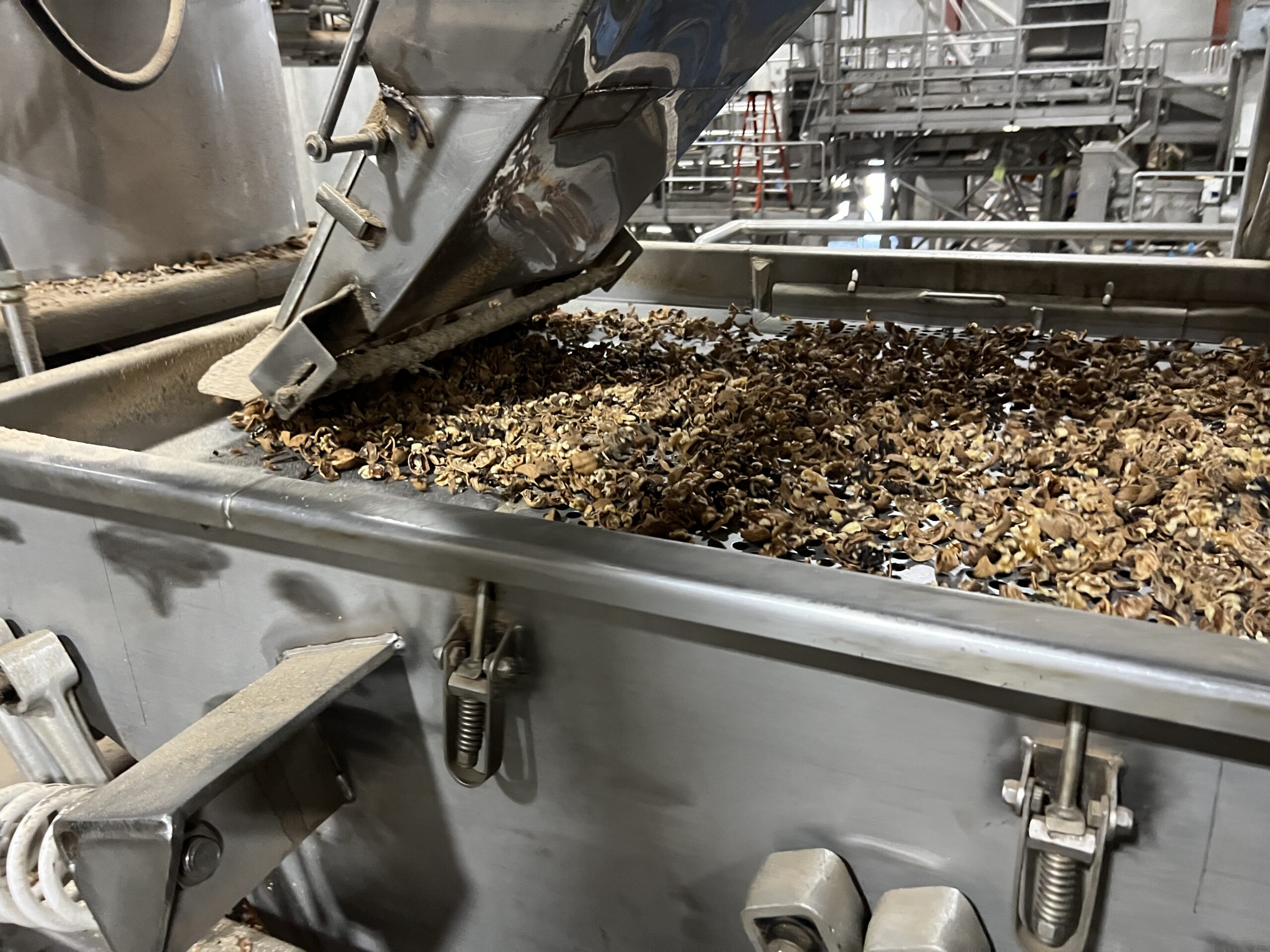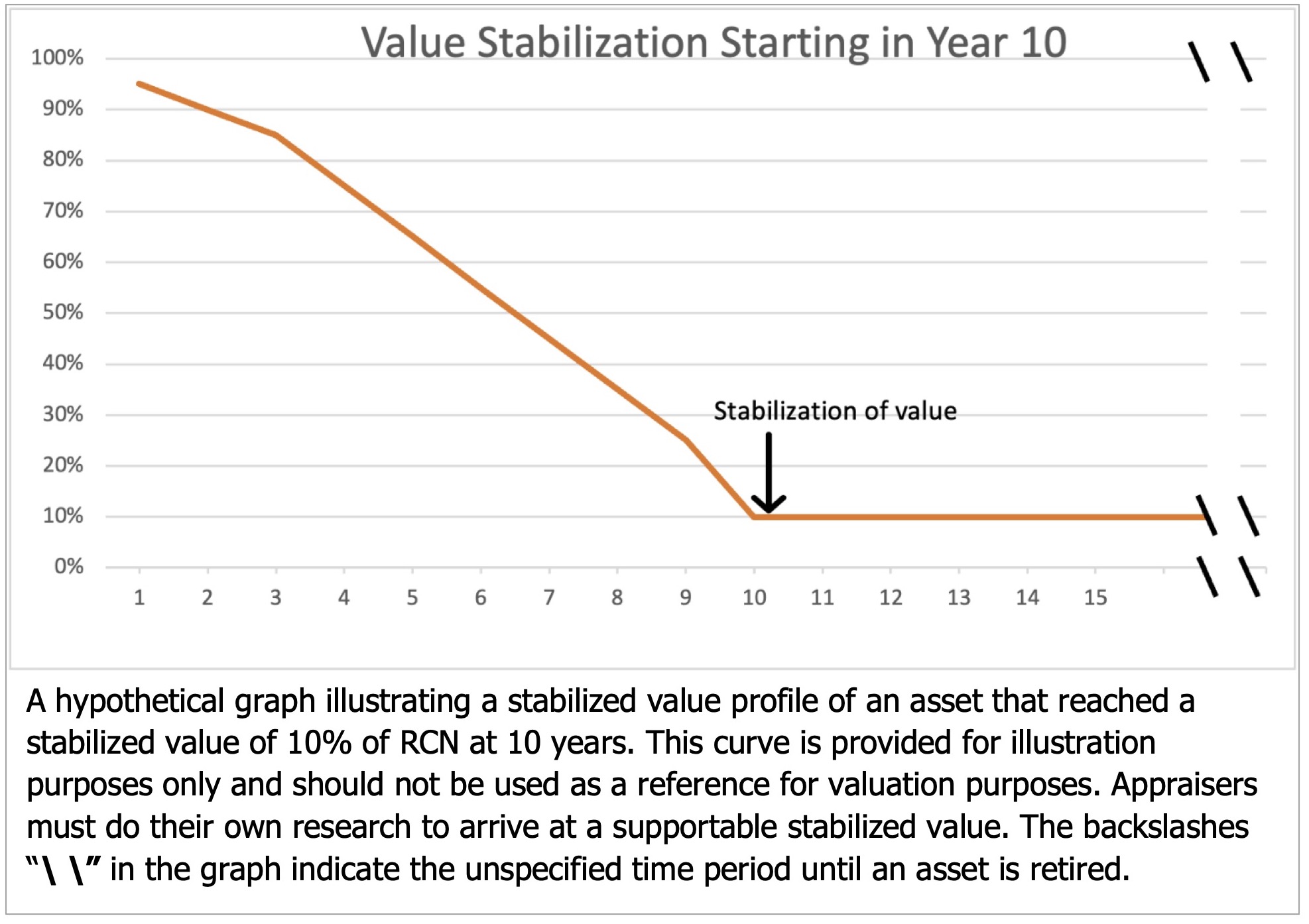A previous post introduced the five qualities of a credible appraisal, and in a perfect world, the equipment appraisal report you’re basing financial decisions on would always adequately address those USPAP-specified qualities.
The fact is though, that in this imperfect world many equipment appraisal reports don’t meet the basic requirements of completeness, accuracy, adequacy, relevance, and reasonableness. Some obvious flaws in non-conforming reports include lack of demonstrated competence on behalf of the report’s author, lack of USPAP compliance, and lack of a logical and/or documented analysis and calculation. Some of these problems might be attributed to inexperience; others appear to be an outright attempt to deceive the appraisal client. Whatever the motivation, the results are unfortunately similar: equipment appraisal reports that do not stand up to the appraisal review process put you, as an intended user of the report, at financial risk.
As an example of the kind of financial risk the user of an appraisal report might be subject to, consider these all-too-real situations.
Unsupported Values
Remember the situation discussed in a previous post wherein the fellow with the SBA loan discovered that the values reported in his equipment appraisal were about 50% over-valued? In this particular case, the appraisal report turned out to be lacking in accuracy, relevance and reasonableness. As a side note, it turned out that the lender had hired a local appraiser who claimed to be an Accredited Senior Appraiser (ASA) with the American Society of Appraisers. Upon further investigation it was learned that the appraiser was only a candidate with American Society of Appraisers and had absolutely no accreditation whatsoever — Oops!
In another situation, an appraisal was discovered to be lacking both completeness in terms of research and reasonableness in terms of presentation. Among its many standards, USPAP requires that an appraisal be professionally researched and that a workpapers file exists to support the values listed in the appraisal report. Often we see appraisals that are only personal opinions of value (ipse dixit from Latin for “because I said so”) rather than an unbiased professionally researched opinion of value.
This is exactly what came up in a recent court case regarding purchase price for a large agricultural company. Equipment values presented in our NorCal Valuation appraisal report were readily accepted by the jury, while values presented in the opposing side’s report were rejected. This happened primarily because I was able to explain the research, calculations and adjustments used to arrive at those values. The expert witness for the other equipment appraisal report advanced the ipse dixit explanation. In this case, the financial loss of the party with the unsupported equipment appraisal report ran into a great deal of money, including legal fees, for a case founded on an unreliable equipment appraisal. Don’t you bet they wish they’d taken the time for an equipment appraisal review?
Reasonableness is important in an appraisal. The appraisal report must have an analytical and logical flow to it. The biggest logical error that we see — as demonstrated in the previous Standards section — is equipment appraisers making arbitrary adjustments to comparable sales (comps) without any reproducible analysis, ipse dixit.
Inappropriate Approach to Value
But that’s not the only mistake that can be made! Choosing the wrong approach to value, for instance, can also be a disaster and could be classified as a lack of adequacy and relevance. It’s important to note that these five qualities are collectively exhaustive but not necessarily mutually exclusive. That is, they overlap to provide a comprehensive basis for appraisal review.
Recently I reviewed an equipment appraisal report for a heavy equipment repair facility. One of the larger pieces of equipment was basically obsolete. The owner had great difficulty in finding people who could operate it and because of the equipment’s antiquity, the appraiser was not able to find any comps for the item. Rather than considering the age and general uselessness (functional and economic obsolescence) of the equipment and calculating scrap value, the appraiser decided for some undocumented reason to use the income approach to determine a value for that piece of equipment.
Now, this is problematic on several levels. Income approach, in case you are wondering, calculates the value of a piece of equipment based on the income stream that the equipment creates. While this might be a reasonable approach in certain circumstances, most equipment appraisers would agree that it is incredibly difficult — if not impossible — to determine which percentage or amount of income can be allocated to a single piece of machine in a heavy equipment repair shop, even if that piece of equipment were not functionally obsolete.
Using the income approach for this piece of equipment resulted in an artificially inflated value for the item in question. Reporting that value in the equipment appraisal report required that the appraiser ignore one of the most basic appraisal concepts, the principal of substitution: a prudent buyer will not pay more for an item than the cost of acquiring a substitute property of equivalent utility. In this case, that substitute property of equivalent utility would have cost quite a bit less than the reported value. What was the financial risk here? That inflated value inspired unnecessary, unsuccessful, and expensive litigation in an already very costly divorce.
Solution: Appraisal Review
In a perfect world, the equipment appraisal report you are basing financial decisions would always adequately address the five USPAP-specified qualities of credible appraisal reports. You wouldn’t have to worry about investigating the completeness, accuracy, adequacy, relevance, and reasonableness of an appraisal. But in this world, you can’t be sure that the equipment appraisal you’re using is reliable and dependable. That’s where an equipment appraisal review — or an expert rebuttal report in litigation — can save you time, money and effort.
Each of these scenarios could have been avoided if the folks involved had taken the time and effort to obtain an appraisal review of the equipment appraisal they were depending on. An appraisal review provides a qualitative review of the original appraisal report based on the standard of care specified by USPAP. An appraisal review investigates these critical qualities and reports on how well, or how poorly, the original appraisal report conforms. With that knowledge, the user of the equipment appraisal report can make better decisions regarding the values presented in the report at hand.
Better knowledge creates better decisions. An appraisal review can provide that knowledge. It’s an important tool in business decisions and legal situations.
Jack Young, ASA, CPA
Qualified Equipment Appraiser & Reviewer
NorCalValuation.com




